Skills Highlight: Progressive Muscle Relaxation
Finding moments of calm and relaxation is essential for maintaining wellbeing and reducing emotional vulnerability. One effective technique that can help soothe the nervous system is progressive muscle relaxation (PMR). PMR is a simple yet powerful method that involves systematically tensing and releasing different muscle groups in your body.
How PMR Works:
The practice of PMR is based on the idea that physical relaxation can promote mental relaxation. Progressive muscle relaxation activates the parasympathetic nervous system and helps the body transition from an alert state to a resting state. By intentionally tensing your muscles and then letting go of the tension, you can release built-up stress and anxiety. This technique can be particularly helpful for individuals who struggle with chronic pain, insomnia, or high levels of stress.
Benefits of PMR:
Reduces Stress and Anxiety: PMR can help calm your nervous system and reduce the physical symptoms of stress, such as muscle tension and headaches.
Improves Sleep: Regular practice of PMR can promote better sleep by relaxing your body and mind before bedtime.
Enhances Body Awareness: PMR increases your awareness of physical sensations, helping you identify and release areas of tension.
Manages Chronic Pain: PMR can be a useful tool for managing chronic pain conditions by reducing muscle tension and promoting relaxation.
How to Practice PMR:
Find a Quiet Space: Choose a comfortable and quiet place where you can relax without distractions.
Get Comfortable: Sit or lie down in a comfortable position.
Focus on Your Breath: Take a few deep breaths to center yourself and bring your attention to your body.
Tense and Release: On an inhale - start with your toes, systematically tense each muscle group for a few seconds and then release the tension as you exhale. Gradually work your way up your body, tensing and releasing muscles in your feet, legs, abdomen, back, arms, hands, neck, and face.
Notice the Sensations: Pay attention to the sensations of tension and relaxation in each muscle group.
Repeat: Repeat the process of tensing and releasing each muscle group 2-3 times.
Relax and Breathe: Once you have completed the exercise, take a few minutes to relax and enjoy the feeling of deep relaxation.
Tips for Getting Started:
Start Slowly: If you are new to PMR, start with shorter practices and gradually increase the duration as you become more familiar with the exercise.
Follow Along: Try listening to a pre-recorded script of a PMR exercise.
Focus on Your Breath: Breathing in through your nose while tensing your muscles and exhaling through your mouth as you relax your muscles is a key part of this exercise. Syncing your breath with your body movements will increase the efficacy of this practice.
Be Patient: It may take some practice to become familiar with the technique and experience its full benefits.
